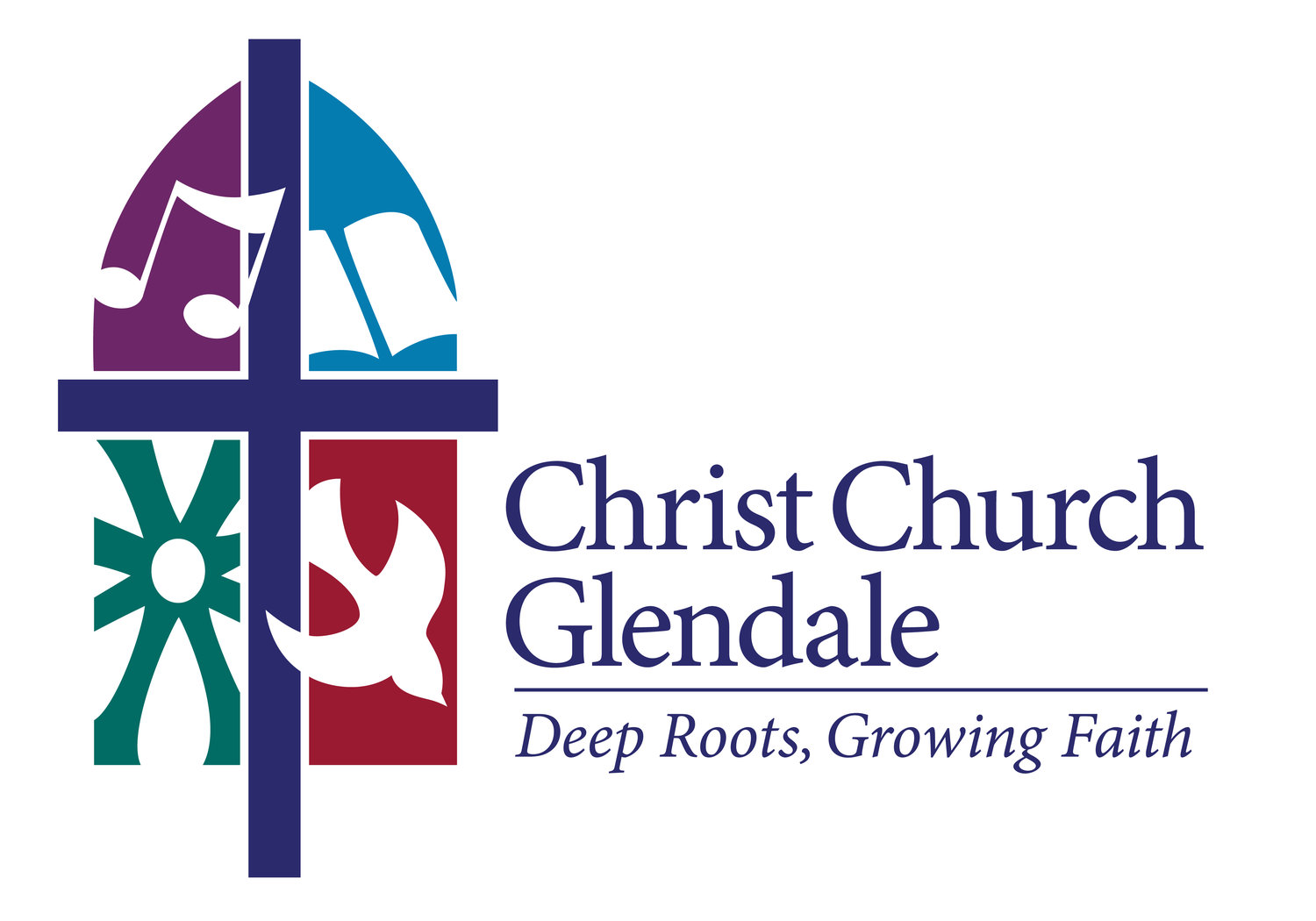Casavant Freres Organ Opus 3956
3 manuals, 42 ranks over Great, Swell, Solo and Pedal. Completed in April, 2025.
Background & History
The pipe organ in the Historic Church has served Christ Church for over 110 years, in many iterations. It began as a concert hall organ, built by the Roosevelt Organ Company and installed in New York’s Chickering Hall. Following the closure of the hall in 1902, the organ was purchased by Thiel College and placed in storage. It was never installed, and following the possibility of its demise, it was purchased by CCG and installed by the Moller Organ Company in 1911.
Significant changes were made to the organ upon its original installation, in 1940 when it was rebuilt, and since the 1970’s, when many of the pipes were discarded in favor of newer pipes. The organ bore little resemblance to its original 19th century form. While the pipes of an organ can last for many years, the mechanical components do not. This is, in part, due to the significant amounts of leather used in an organ and the electronic mechanisms (most of which date from 1940).
The Possibility of a Major Project
Shortly after Dr. Robertson began his tenure as Director of Music, in 2020, he ordered a thorough review of the condition of the organ, noting many tonal and mechanical shortcomings when first encountering the instrument. In January of 2021, the Muller Organ Co. of Croton, OH was hired to inspect and review the organ. Their report listed many failures of the instrument, and recommended a full rebuilding or a new instrument. One of the main issues is the thousands of leather pouches that play each individual pipe are significantly decayed, after nearly 50 years since they were last replaced.
Temporary Fixes
In order to marginally improve the organ’s deficiencies for resumption of regular playing (following live-streaming from the Chapel only during Covid-tide) the Buzard Organ Co. was hired to restore the badly deteriorated 8’ Clarinet stop, add new Swell shade motors, improve the combination action and fix a few voicing issues. The Walker Technical company was hired to add a few digital stops, including some low bass stops and an 8’ Tuba. The cost of this work was approximately $75,000 funded by the Procter Fund. These fixes were meant to improve the organ on a short-term basis and allow some time for a long-term solution to be decided on. The organ was anticipated to have approximately 3-5 years of good playing life left before it would be in disrepair, or even unplayable.
Coming to a Conclusion
In the meantime, an organ committee was formed with a focus on acquiring a new instrument for CCG. With our organ being near the end of its life, it was important for us to begin this lengthy process sooner than later. Following visits to many different organs, and after speaking with five prominent organ builders, Dr. Robertson confidently recommended CCG choose the Casavant Freres Organ Company of St. Hyacinthe, Quebec, to build CCG’s new organ. This recommendation was overwhelmingly and unanimously approved by the organ committee. On Dec. 23rd, 2022, CCG signed a contract with Casavant, for their Opus #3956, to be completed in late 2024. We planned to remove the existing pipe organ in the Summer of 2023, however, the 113 year old blower motor died the week after Easter. There was no reason to rebuild it just to use it for a couple more months, so we had the old organ removed early, and replaced it with a temporary digital organ. This allowed for Casavant to get the pipes they would reuse back to their factory, and for much construction work to happen inside the 100+ year old organ chambers and blower room.
The New Organ
While this is technically a “new” organ, it incorporates many pipes from the previous instrument, including some from the very first 1867 organ. The pipes which were chosen to be kept were those which met two criteria: 1. They must be in good enough condition to be reused or restored, and 2. They must fit in with the tonal concept of the organ. Many of the pipes that had been added since the 1970’s were far too loud, bright, and/or aggressive to be reused. Casavant used the best of the historic pipes in our new organ.
The remainder of the pipes were built in-house by Casavant. They are one of the few North American organ companies who build all of their own pipes. The new organ has 2,610 pipes made of wood and metal, each one painstakingly handmade.
The old organ façade, which partially collapsed in 2022, was replaced by a modern, elegant wood case of two towers that houses some of the largest metal pedal pipes.
Organ Specification
About Casavant Freres
The Casavant Freres Organ Company was formed in 1879 and has been in business ever since. Their first organ (Opus 1) was built in 1880 and is still playing weekly church services today! They employ 40 full-time craftspeople that build almost every part of each organ in-house. Our organ will be Opus 3956, nearly the 4,000th pipe organ they have built in their 140 year history. This company is known for excellence and quality worldwide and has many notable installations, which include some of the largest concert halls (The Kennedy Center in Washington, DC for example) and cathedrals, as well as some of the smallest parish churches. Despite size, each one of their instruments receives the same care in design and construction.


